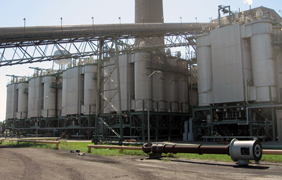Use Proper Pulse Jet Valve Sequencing to Optimize Cleaning
The sequencing and timing of pulse jet baghouse cleaning diaphragm valves is critical to optimal performance. This is particularly true if your baghouse is cleaned on-line. Never activate these valves in sequential order; if you do, a significant amount of dust will remain in the collector.
If you clean in sequential order, material from one row of filter bags simply gets moved to the row previously cleaned. This not only results in poor cleaning but tends to retain very fine particles on the filter bags and can lead to premature blinding.
Therefore, cleaning in a random, non-sequential order distances rows from each other and greatly reduces both re-entrainment and potential premature blinding of bags.
One way to separate rows during cleaning is to re-arrange the order of solenoid wires that lead to each valve. Most of the time, this is as simple as moving the wires on the compartment’s solenoid junction strip. In a large, multi-compartment P/J collector with PLC controllers, an even better approach to further separate the cleaning rows is sequencing each valve in separate compartments.
Helpful Resources
KnowledgeBase: Cleaning Sequences Overview
KnowledgeBase: Misconceptions Overview
KnowledgeBase: Use DP Set Points to Prevent Baghouse Over-Cleaning
Our Capabilities: Intelligent Baghouse Cleaning System
KnowledgeBase: Process Analysis & Optimization


